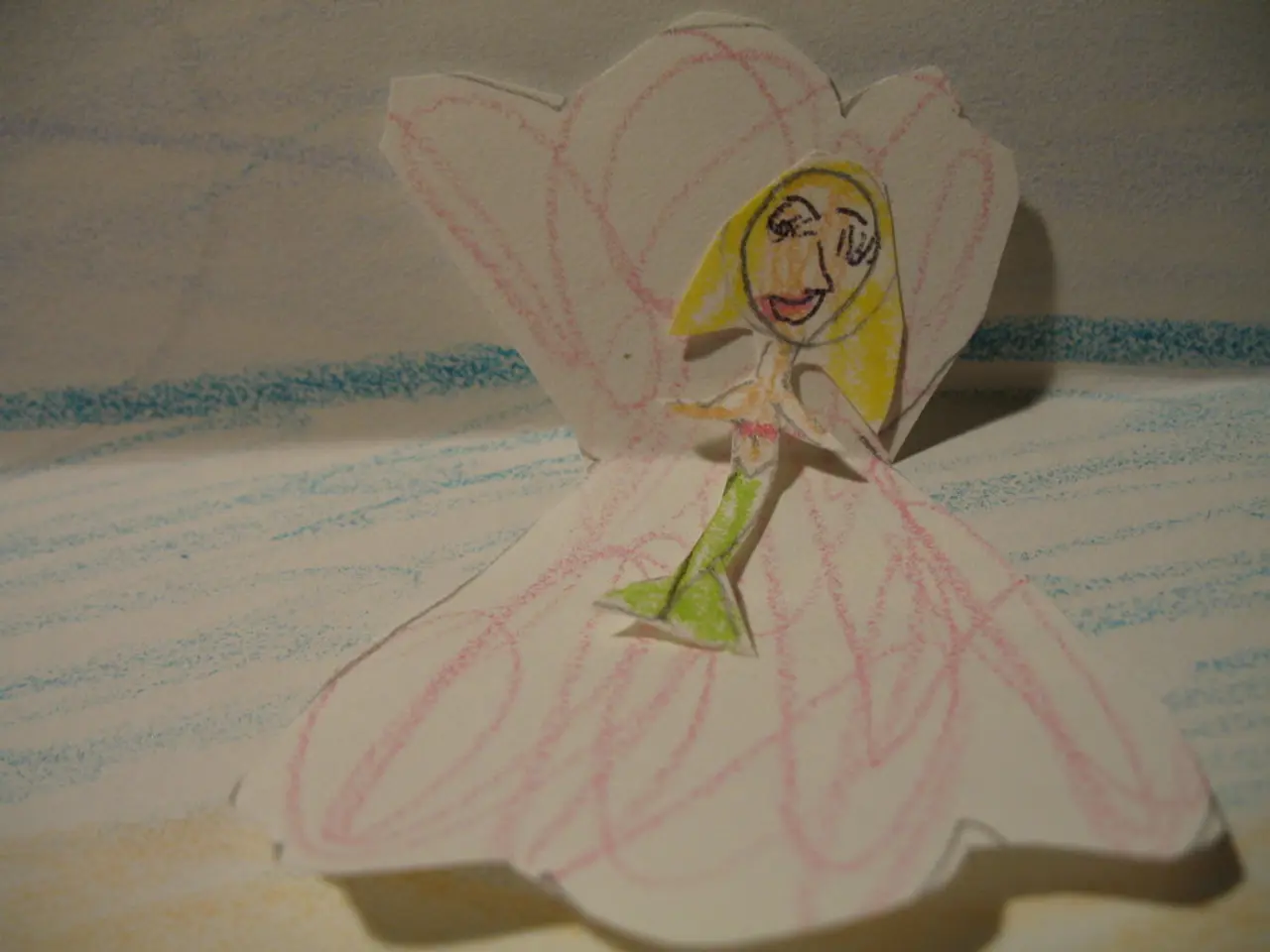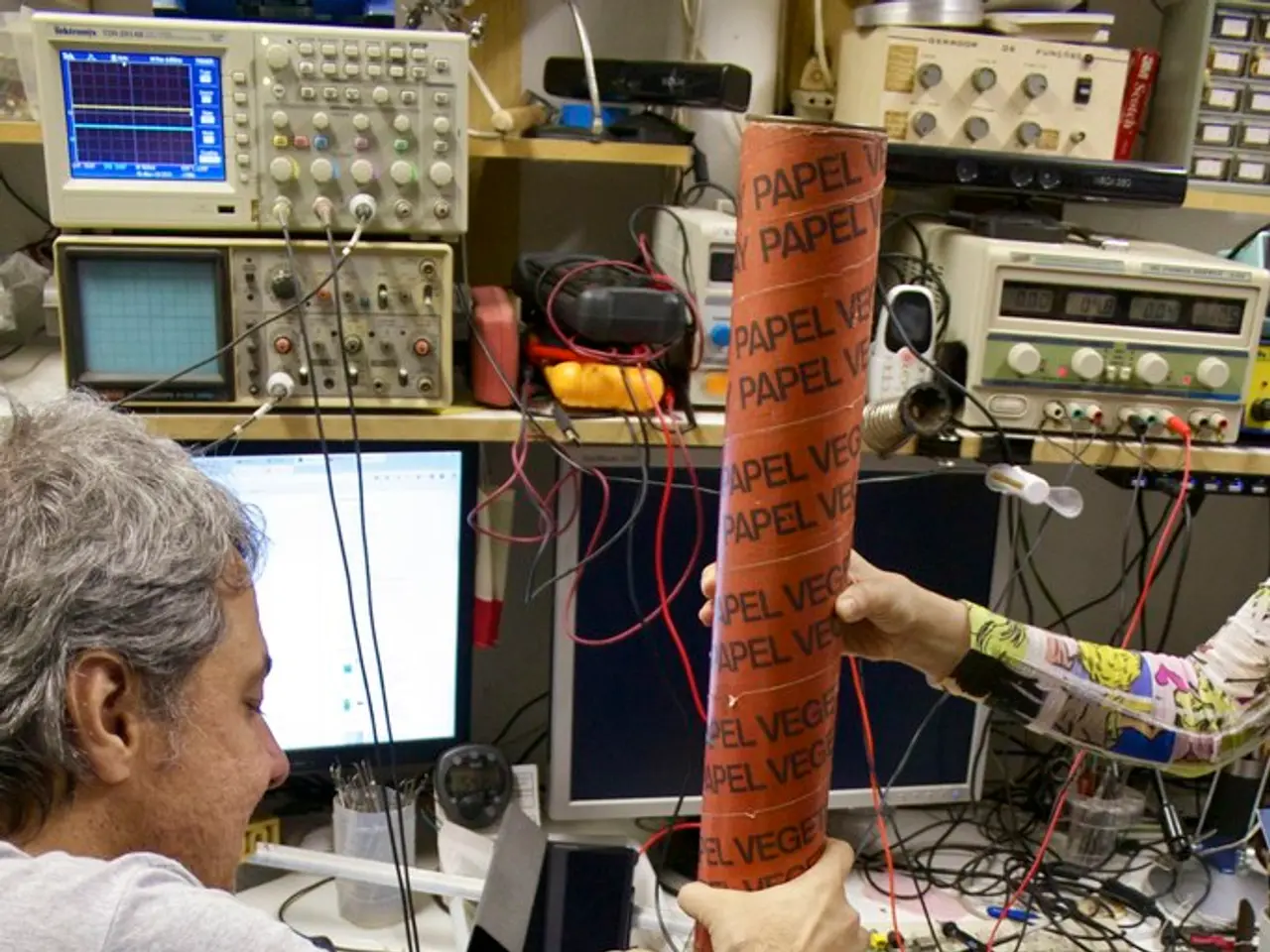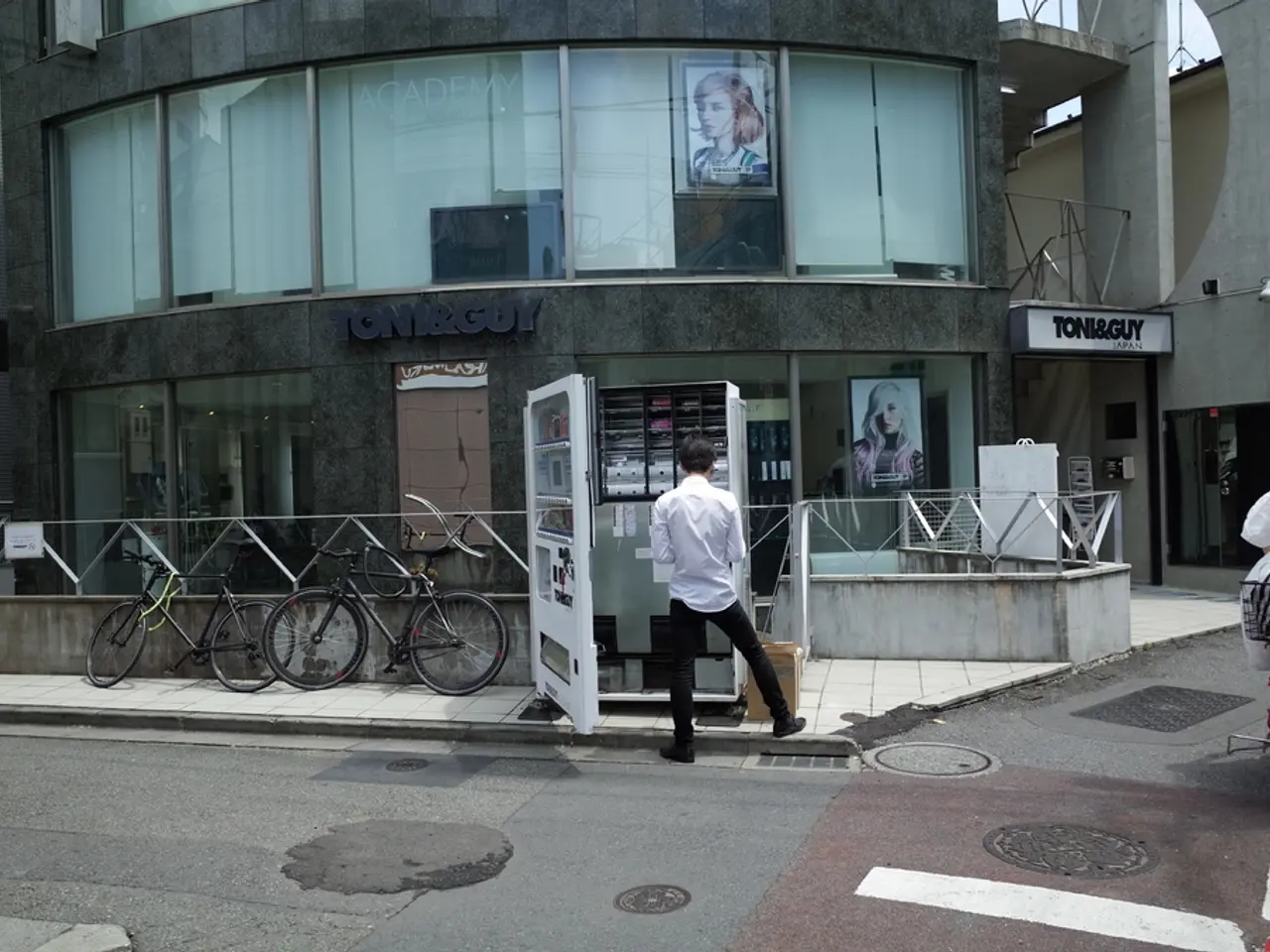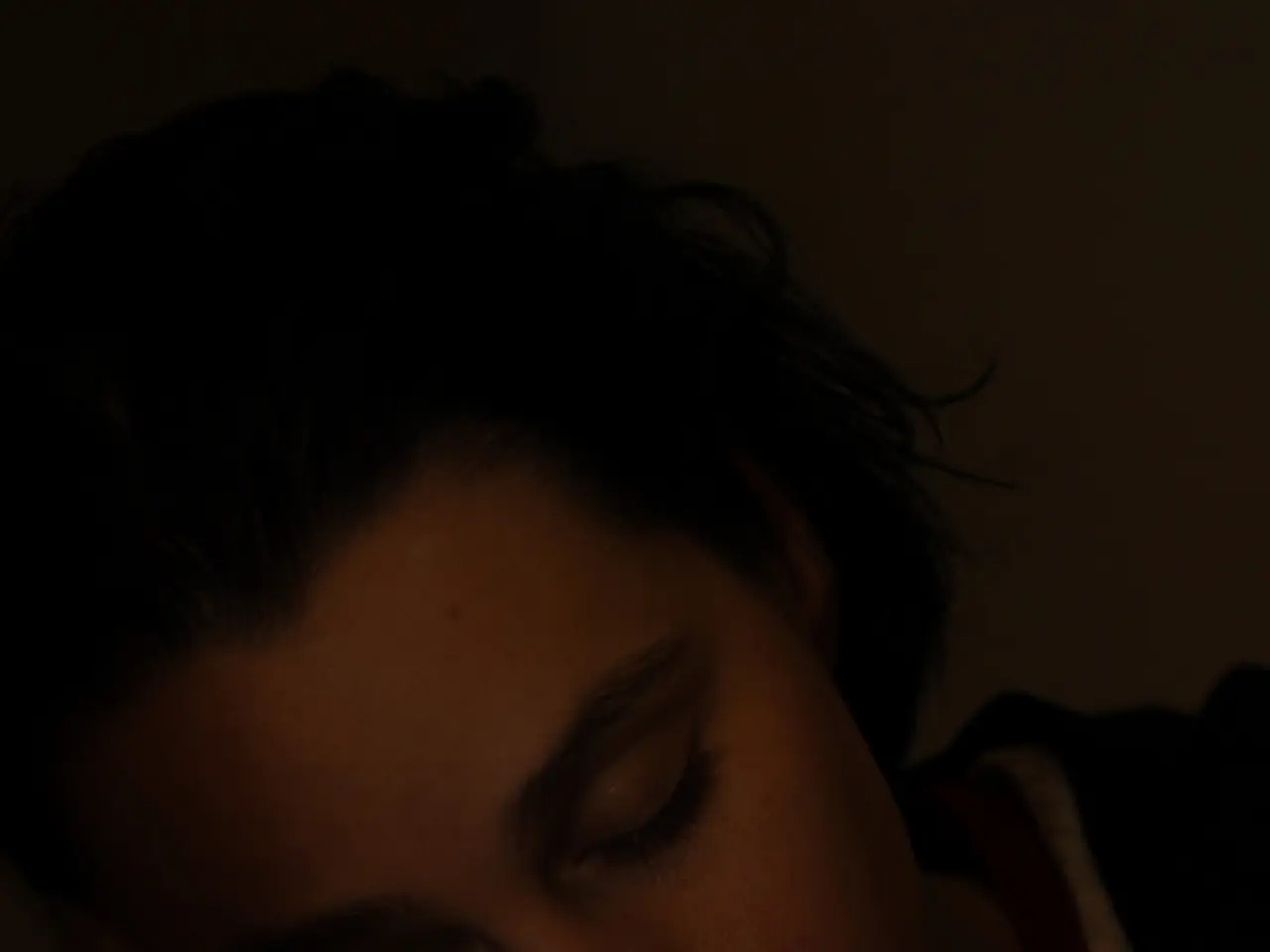Unveiling Vwei's secret recipe for breathtaking fantasy game art creation
In the captivating world of video game art, fantasy scenes play a pivotal role in immersing players and transporting them to other realms. One such artist, Vwei, based in Chengdu, China, specialises in creating breathtaking fantasy art for video games, as seen in Magic: The Gathering, Honor of Kings, and Total War: Warhammer.
To create such enchanting art, Vwei follows a structured artistic process, combining a well-thought-out workflow with the best digital tools. Here's a step-by-step guide on how to follow in his footsteps:
### Step-by-Step Process for Fantasy Game Art
1. **Find References and Conceptualize** Gather realistic and stylistic references that match the fantasy theme and visual style you want to achieve. This helps build a believable world and guides your creative direction.
2. **Sketch the Composition** Begin with loose line sketches to establish overall layout and structural relationships between characters, objects, and environment. Keep the sketch flexible to allow exploration and refinement.
3. **Define Light, Shadow, and Values** Create a black-and-white value hierarchy to determine light sources and how shadows fall. This step is essential for shaping the scene’s mood and spatial authenticity.
4. **Add Base Colors and Overlay Complementary Colors** Layer in colors, starting with base colors on separate layers, then add complementary hues to enhance richness and depth. Using digital layering techniques helps control and adjust colors non-destructively.
5. **Enhance with Details, Textures, and Effects** Add intricate details, textures (such as skin, metal, or fabric), and atmospheric effects like fog or light bloom to make the scene immersive and believable. Final tweaking ensures the relationships between elements stay consistent.
6. **Final Adjustments and Polishing** Fine-tune highlights, shadows, and color balance, using blending modes like Multiply for shadows and Overlay for highlights to create depth and glow effects. Refine brushwork and add subtle contrasts for realism or stylization as needed.
### Best Digital Tools for Fantasy Art Creation
To achieve such detailed and vibrant art, Vwei recommends the following digital tools:
- **Drawing Tablets**: Wacom Intuos Pro or Huion Kamvas Pro 16 for precise, natural drawing with accurate color visualization and control over details and brush strokes. - **Digital Art Software**: Adobe Photoshop Elements 2023 or Procreate for advanced layering, blending modes, masking, brushes, and texture tools. - **3D Environment & Texture Tools**: Game engine tools (Unreal Engine, Unity), shading & material editors for creating and refining realistic fantasy environments with dynamic lighting and atmospheric effects.
### Tips for Effective Fantasy Art
- Use realistic references even for fantasy elements to ground your art in believable forms and lighting. - Master layer management and blending modes to separate base colors, shadows, and highlights effectively. - Experiment with lighting and atmospheric effects (fog, bloom, dust) to increase immersion and mood in scenes. - Practice painting details last, after establishing strong composition and lighting, to avoid losing structural clarity. - Start with silhouettes and base colors, then progressively add complexity for an efficient workflow.
By following this approach, you too can create compelling and immersive fantasy art suitable for video games. Happy creating!
- In the fantastical realm of game art, enchanting scenes are vital in drawing players into otherworldly realms.
- An artist named Vwei, based in Chengdu, China, is renowned for his breathtaking work in video game art, such as Magic: The Gathering, Honor of Kings, and Total War: Warhammer.
- To produce such captivating art, Vwei adheres to a meticulous creative process, merging a strategic workflow with top-notch digital tools.
- A crucial first step is to seek references and concepts that match the desired fantasy theme and visual style.
- Next, sketch the composition with loose lines to establish the overall structure and relationships between characters, objects, and environments.
- Determine light sources and shadow fall-offs by creating a black-and-white value hierarchy for shaping the scene’s mood and spatial authenticity.
- Layer in colors, starting with base colors and then adding complementary hues to boost richness and depth, leveraging layering techniques in Photoshop or Procreate.
- Enrich the scene with details, textures, and effects, using digital tools to make the art immersive and believable.
- Fine-tune highlights, shadows, and color balance with blending modes, refining brushwork, and adding subtle contrasts to achieve realism or style.
- Vwei suggests Wacom Intuos Pro or Huion Kamvas Pro 16 for drawing tablets and Adobe Photoshop Elements 2023 or Procreate for digital art software.
- For intricate 3D environments with dynamic lighting, consider tools like Unreal Engine, Unity, and their respective shading & material editors.
- To create compelling fantasy art for video games, follow the process, make effective use of references, master layers and blending modes, apply atmospheric effects, and employ efficient workflows—unleash your creativity!




